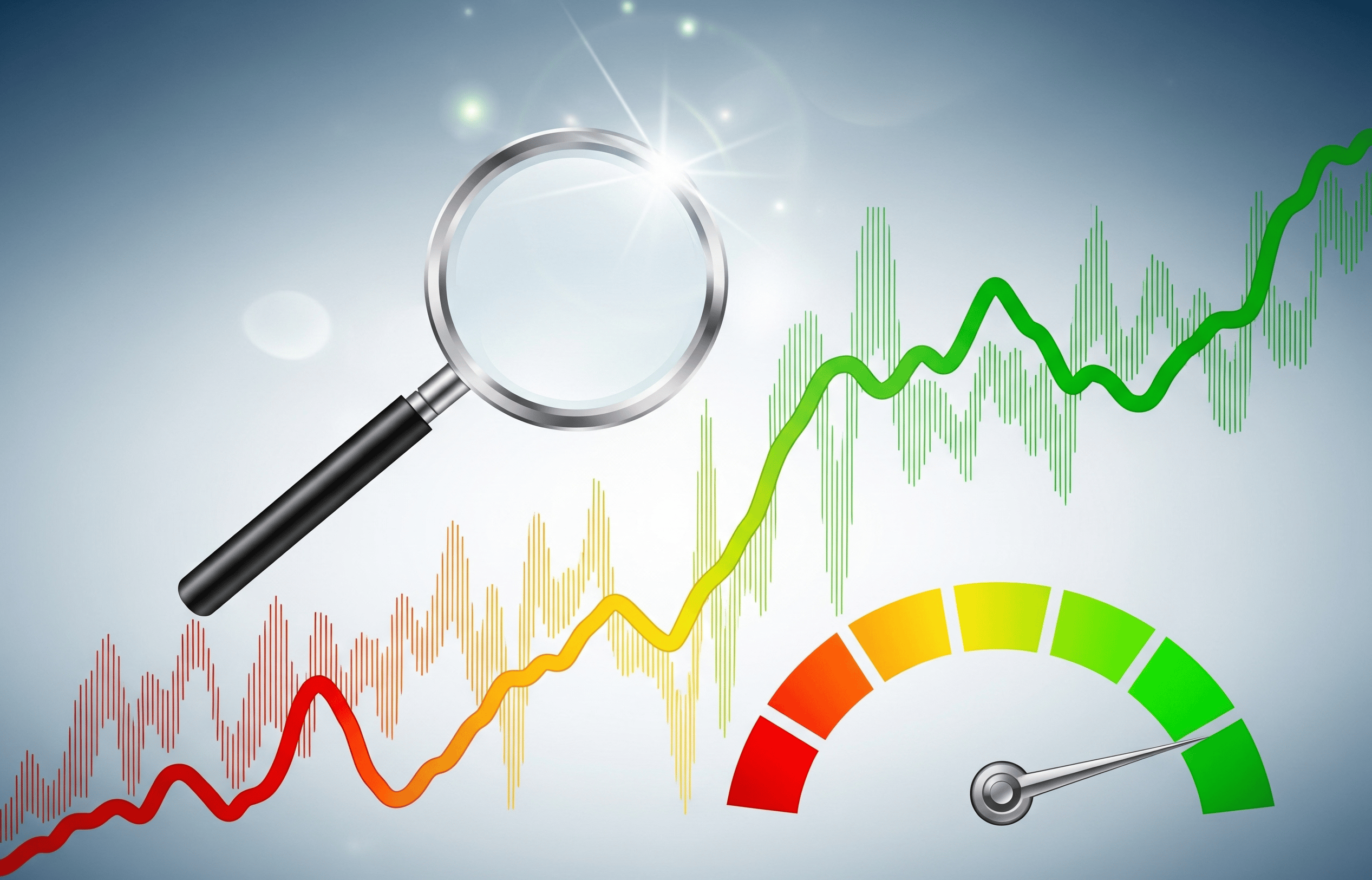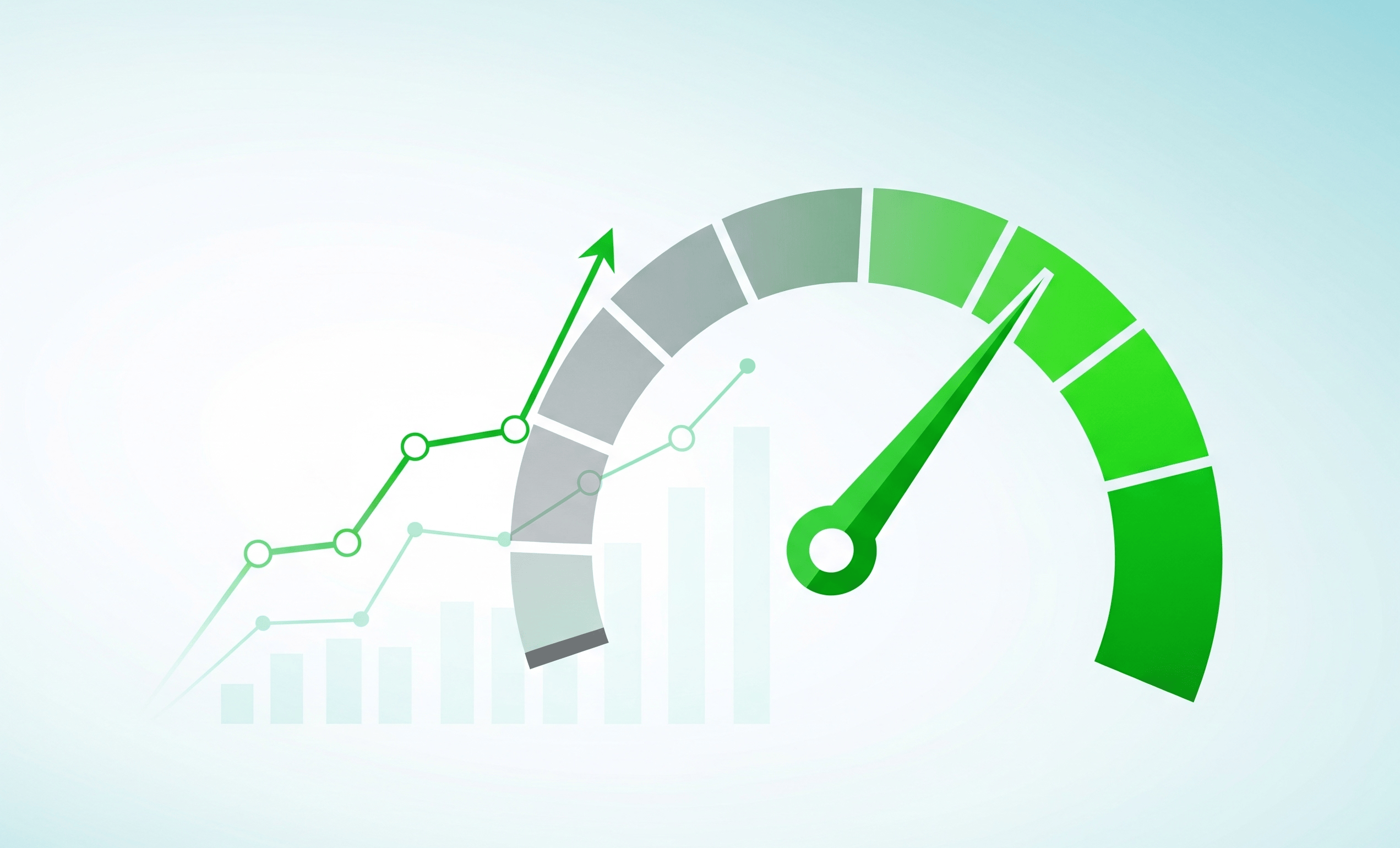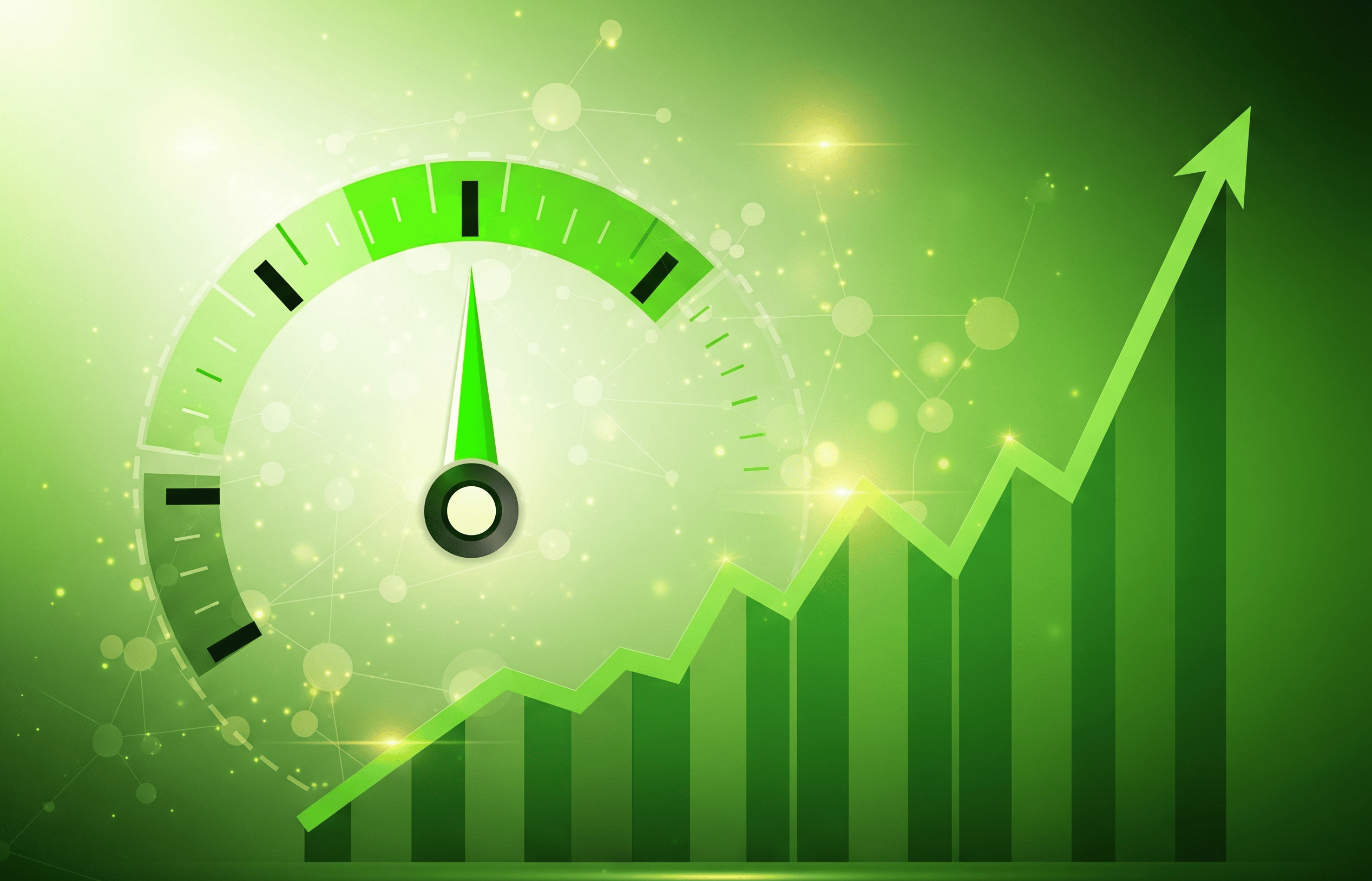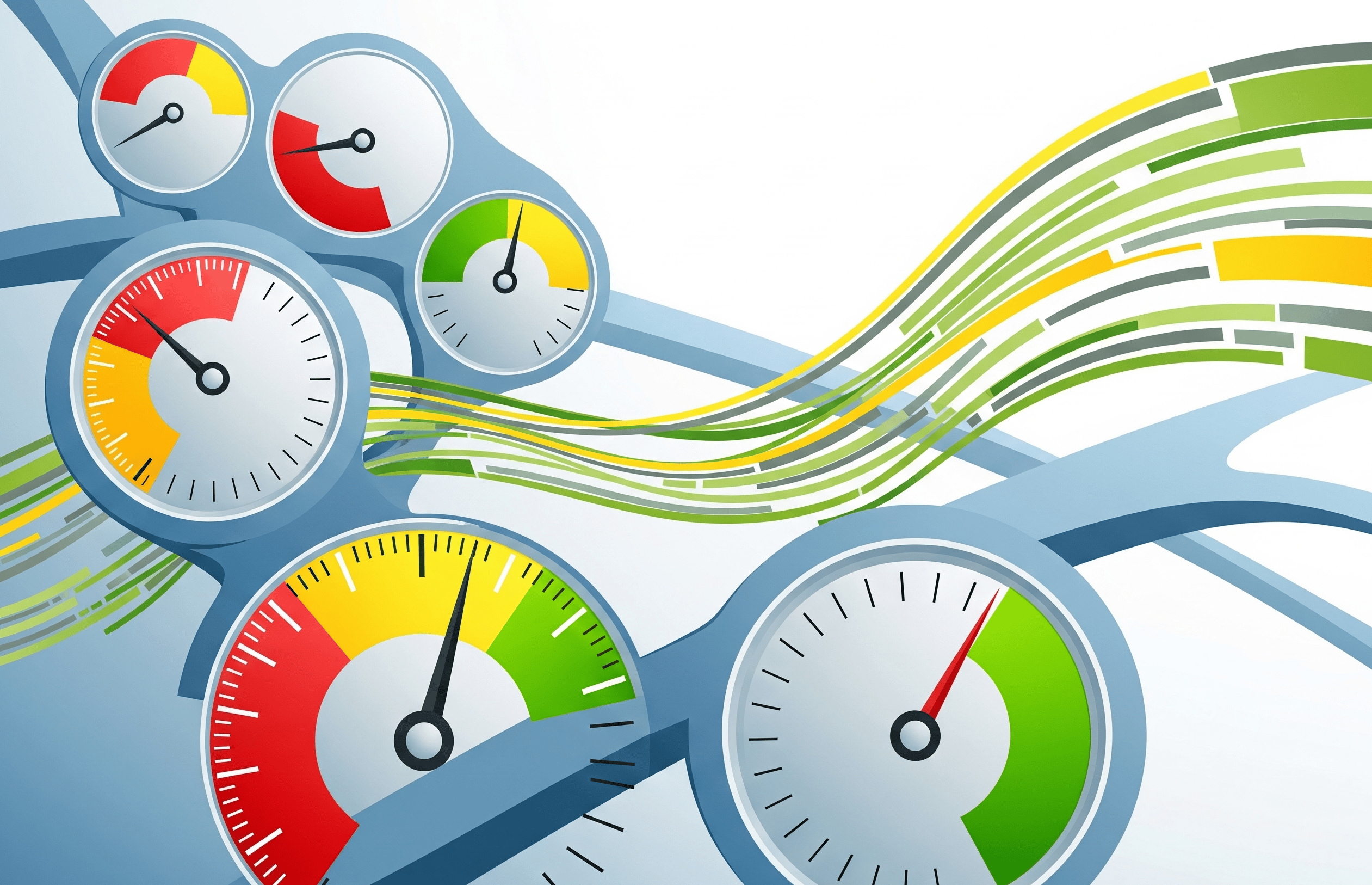How To Read A Credit Report?
by
December 23, 2022

According to Fortunly, one in five Americans aged 20-29 doesn’t know their credit scores. And, that makes sense, considering that it’s hard to understand what your credit score is if you can’t even read your credit report.
Or, what about accessing your credit report in the first place? Credit score and credit reports can be confusing, but they’re important to understand as they’re crucial to improving your financial health. After all, if you have poor credit, taking a look at your credit report might reveal that there’s been a mistaking in the reporting and you actually don’t owe money to a collections account or don’t have any missed payments.
Here’s what you need to know about how to read a credit report and what to look for when you do so. Understanding the various parts of a credit report will help you stay on top of your credit score and improve it over time.
What is a Credit Report?
It’s important to first understand the differences between a credit report and a credit score. A credit score is a number ranging from 300-850 that depicts a consumer's creditworthiness. Basically, depending on various factors such as previous debt and other financial activity, a credit score is a way to determine whether or not you’re eligible to take out other lines of credit.
A credit report is a full collection of your financial and personal information. It includes your score, yes, but also a full report of how they calculated your score and the various different accounts and factors they looked at to calculate the score. You can only receive a credit report from a credit reporting bureau, and there are only three: Equifax, TransUnion, and Experian.
How Do I Access My Credit Report?
Interested in accessing your credit report? You’re entitled to one free credit report every 12 months from each of the three major credit reporting bureaus.
Here is how to request your free Equifax credit report.
Here is how to request your free TransUnion credit report.
Here is how to request your free Experian credit report.
Aside from your full report, however, there are also third-party financial apps that will allow you to check your credit score and perform other financial actions such as track your spending and apply for personal loans.
Float is a great example of a credit checking app as it gives you free access to your credit report, and is the only app that lets you help friends and family keep track of their credit, too. It’s updated once every two weeks after credit reporting agencies update due to any changes. Mint is another great option as it syncs with your accounts to deliver comprehensive snapshots of your real-time budget and spending.
What’s on a Credit Report?

To calculate a credit score, all three major credit reporting agencies take a look at various factors. They’ll look at the total amount of debt, repayment history, new lines of credit, length of credit history, and the types of credit you’ve taken out. All of this is available to view on a credit report.
As well, your credit report includes:
- Rental history
- Eviction history
- Employment history
- Account information
- Bankruptcy
- Criminal convictions
- Payment history (rent, bills, car loans, student loans, etc.)
- Debt owed
- Public records
- Inquiries
Perhaps the most important to take a look at when you’re reviewing your credit report is the account information. This greatly affects your credit score because it’s where you’ll see all information pertaining to the number of accounts you have open (and have had in the past), the payment history for each account, amount owed, age of the accounts, and whether or not any of them are in default or collections.
This makes up about 30-35% of your credit score, so it’s important to check this to make sure it’s accurate. If there are mistakes, you’ll want to immediately contact the creditor or lender and fix it as it could be lowering your credit score.
How to Improve Your Credit Score
After knowing how to read a credit report, you probably want to check how your credit report looks like and find out if there’s anything to improve. Talking about that, we have a dedicated article explaining 8 easy ways to improve your credit score here.
So basically, there’re these things you can think of doing to raise your credit score :
- Make your payments on time.
- Lower your credit utilization.
- Mind your hard pulls.
- Reduce your overall debt.
- Don’t close your old credit accounts.
- Don’t apply for credit you don’t need.
- Get added as an authorized user.
- Diversify your credit types.
And, another useful way is having a credit builder loan. Check out the Cheers Credit Builder Loan that helps you build credit while grow your savings. Sign up today to get started!


















.png)












